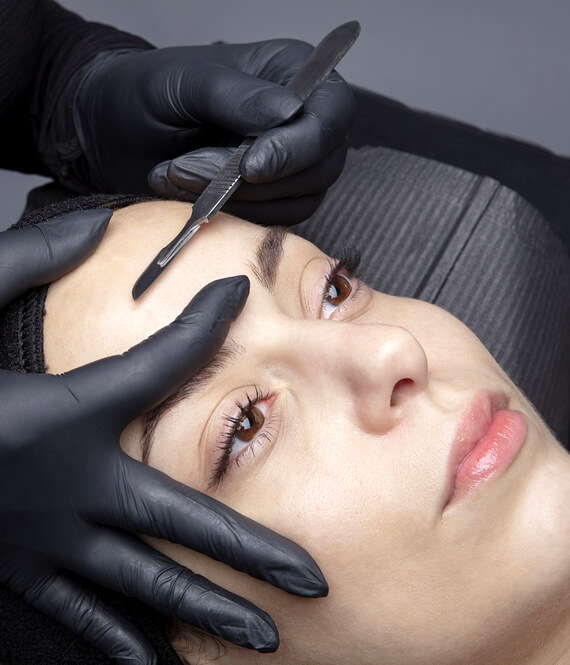
Dermaplaning Or Dermablading For Skin: What Is It & How Does It Work?
We recommend helpful products in our articles. Read our full disclosure here. The content on this website is not intended to be a substitute for professional advice, diagnosis, or treatment.

If you haven’t heard about dermablading yet, you’ll be surprised how this – slightly scary – beauty treatment can make you your skin glow.
It is a non-invasive procedure that leaves minimal side effects behind, but the results can be quite astounding for the right patient.
Most people report that the procedure feels like a gentle exfoliation, and they feel refreshed and renewed after their first appointment.
What exactly is dermablading?
Everything you need to know is right here in this guide.
What Is Dermablading Treatment?
Dermablading is a cosmetic procedure that removes the topmost layer of dry, dead skin, debris, oil, bacteria, and especially – fine facial hairs.
Sometimes also referred to as dermaplaning, the procedure gently scrapes away dead skin with a tiny clinical scalpel blade.
Dermablading is basically a procedure that utilizes an intense exfoliating knife to eliminate the top layer of your skin – as if you were shaved.
What Are Dermablading Benefits For Skin?
- This procedure removes all the dead, dry skin cells that don’t respond to moisturizers and other treatments, leaving fresher, younger-looking skin.
- It has been found to stimulate collagen production and stimulate cell turnover, resulting in a softer, smoother appearance.
- It is very gentle and suitable for any type of skin, including sensitive skin and mature skin.
- It is also recommended to improve the look of acne scars, wrinkles, and other skin imperfections (thanks to the exfoliating powers of the scalpel).
- Such treatments usually have a shorter healing time than some of the other more invasive methods, such as a facelift.
- The results of dermablading can sometimes be better than many other surgical procedures, but there are some risks involved (more about them – later).
So for those looking to improve their overall appearance and for those who have experienced sudden, inexplicable breakouts, dermablading can be the best option.
On average, those who have undergone dermablading treatments have noticed a nearly instant noticeable difference in their appearance.
People report feeling more confident and attractive after their treatment, although there is no concrete scientific evidence to support these claims, ahem.
How Is Dermablading Performed?
The typical dermablading session begins with several cleansing options designed to clean, soften the skin, and prepare it for the dermablading process.
Once your face has been properly cleaned, you’re ready to receive your first treatment.
Usually, this is performed with a very sharp, surgical blade used for only this procedure.
Unlike many other aesthetic treatment options, it requires an aesthetician with experience for this type of procedure.
It is best to find an aesthetician with specialized training in the field, or at least extensive training in the tools he or she will be using.
Because of this specialized training, a dermablading specialist will know exactly how to rejuvenate your appearance and how to achieve the desired skin results without any cuts or side effects.
Your aesthetician will be basically “shaving” your skin with the surgical blade, gently removing dirt, oil, dead skin cells and peach fuzz with every stroke.
P.S.
The dermablading procedure typically results in ten times more dead skin than would be expected by using a traditional exfoliant alone!
Is Dermablading Painful?
Dermablading should not cause any pain at all, unless performed by an inexperienced esthetician who, well, cuts your skin!
Apart from that, you should not feel any pain during the procedure, but you might notice some irritation after your dermablading procedure.
Your esthetician should recommend you the best after-care products and give you general guidelines to promote skin recovery.

Is Dermablading Safe?
It is generally safe, but again – as with everything, it might cause a few minor side effects!
The main complication of dermablading is the redness that sometimes occurs after the treatment.
This redness can last for several days, but it should go away completely after that time;
In addition to the redness that can occur, some people experience swelling or slight bruising at the site of treatment.
This is usually temporary but can linger for a few days.
If you notice this kind of bruising or swelling, contact your doctor to make sure everything is fine.
Lastly, some people report breakouts after their procedure, but this seems to vary individually and depends on the skin type or existing skin conditions.
How Often Should You Get a Dermablading Treatment?
The dermablading may be performed alone or as part of a series of other beauty treatments, including chemical peels, dermarolling, and microdermabrasion.
It’s important to note that these procedures are performed on a regular basis and your doctor will determine what the most appropriate schedule is for you based upon your medical history and condition.
Your treatment will probably be repeated at least two to four times per year, depending upon your skin’s needs.
How Long Will I Feel The Dermablading Benefits?
Some cosmetologists state that dermablading can produce positive skin changes that last for months, but this often times depends on the type of your skin.
It’s totally fine to get another treatment as soon as you notice your skin losing its softness and smoothness.
However, like anything else, too much is never a good thing!
If you are pregnant, expecting, or have other serious side effects from medications, you may want to discuss it with your dermatologist first.
The Verdict (It’s Obvious, Isn’t It?)
This easy, fast, and non-painful beauty procedure is at the top of our favorite beauty treatments list.
Even more – in most countries, this procedure is also very inexpensive, yet delivers great results.
Our verdict?
Dermaplaning is amazing and we highly recommend it.
Just make sure to not try this at home by yourself – leave the scalpel work to a professional.
Like these tips?
Scroll down for more!
"We love to research problems, examine studies, analyze solutions, and share with you ideas that make life healthier. You can learn about us and our editorial standards here. Have suggestions or feedback to share? Send us a message!."

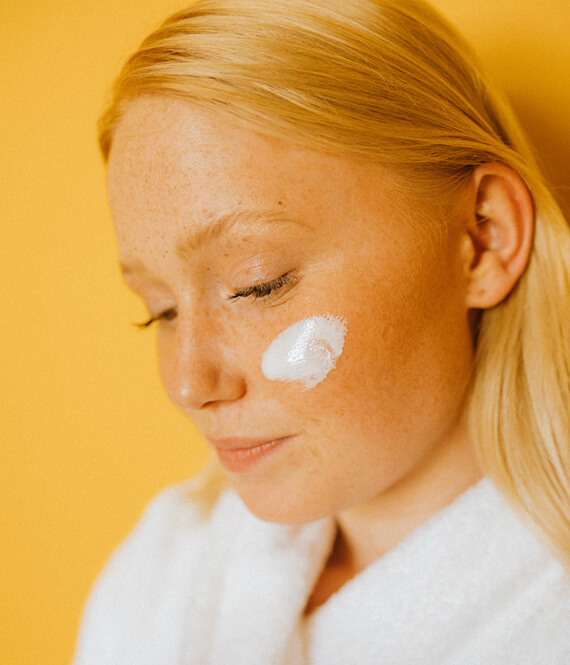

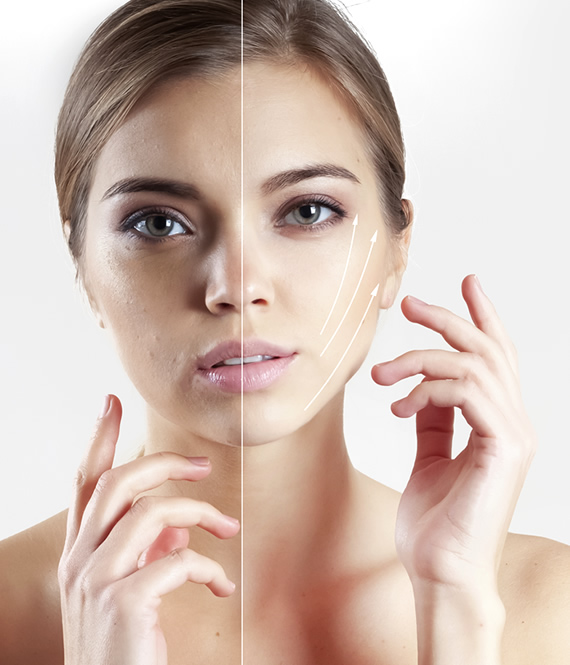


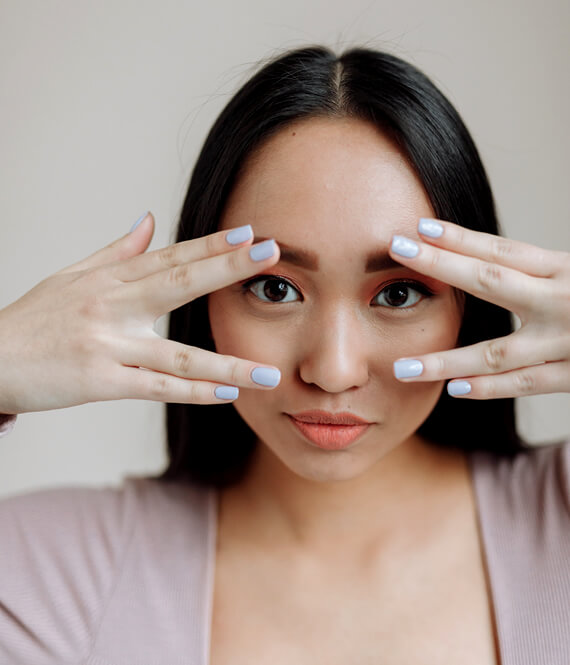
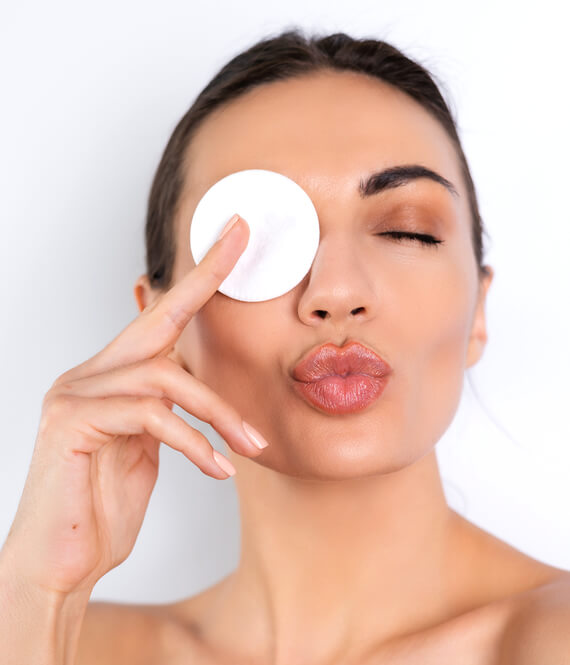

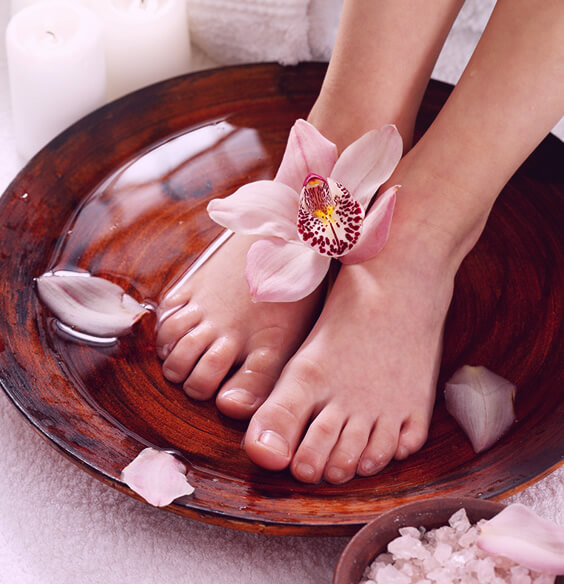
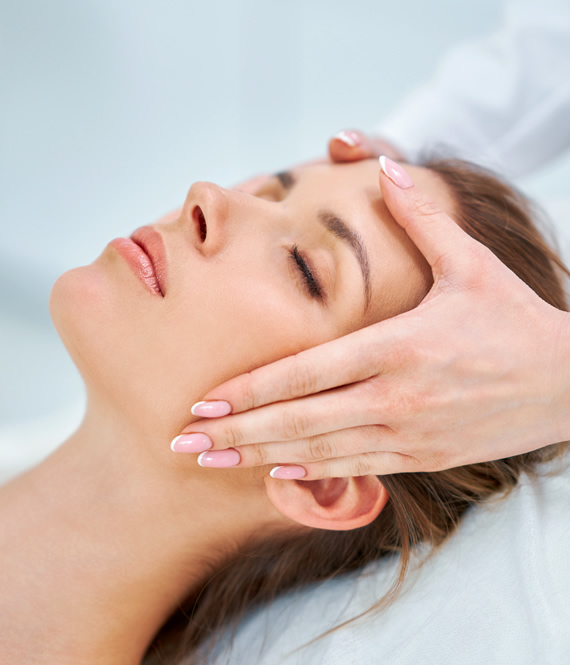

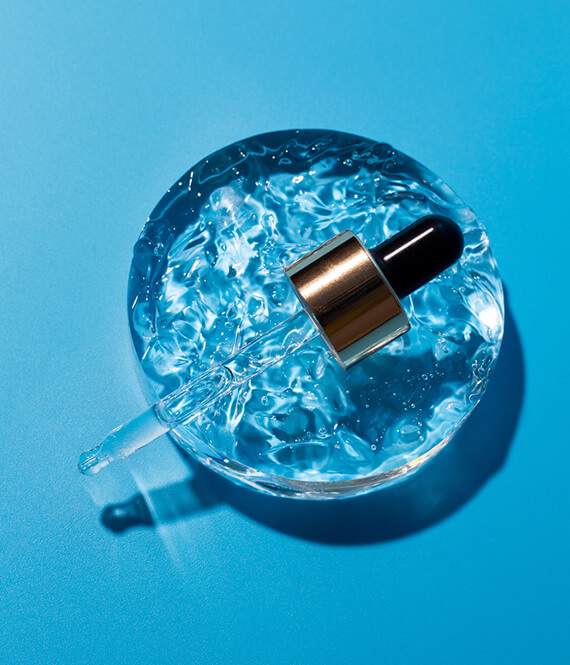
Leave a Comment